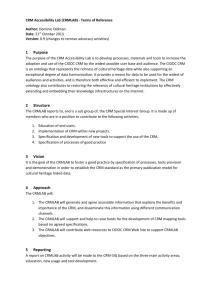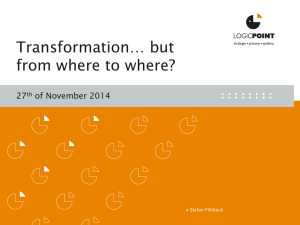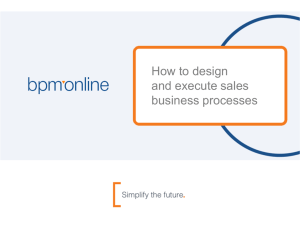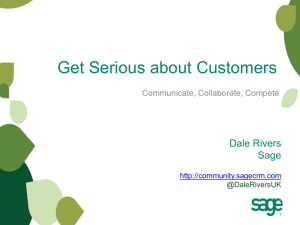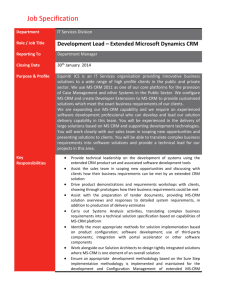CRM & Web Technologies Overview: Strategies & Automation
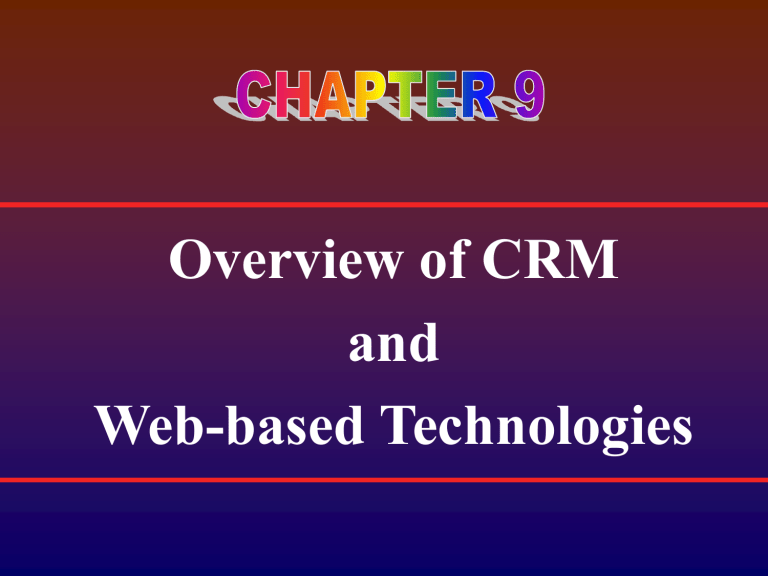
Overview of CRM and
Web-based Technologies
The current business environment is a dynamic mix of growing competition, new and emerging channels, and changing consumer attitudes
Under the relationship marketing concept, focus has shifted from one-time transaction to ongoing relationships on a regular basis
TYPES OF RELATIONSHIP
Five different process involved in building customer relationship starting from no touch points to fully interactive marketing
Basic marketing
Reactive marketing
Accountable marketing
Pro-active marketing
Partnership marketing
RELATIONSHIP VALUES
The aim of relationship marketing is to yield high customer equity
Customer equity is the aggregate of discounted lifetime values of all of the firm’s customers
Three drivers of customer equity:
value equity
brand equity
relationship equity
CUSTOMER RELATIONSHIP MANAGEMENT (CRM)
The process of managing detailed information about individual customers and carefully managing all the customer ‘touchpoints’ with the aim of maximising customer loyalty
CRM STRATEGY
CRM has been divided according to the functionality of software tools
Analytical CRM
Use of data modelling and profiling to accomplish
CRM goals
Collaborative CRM
Tools used to directly engage and interact with customers
Operational CRM
‘Back-end’ systems which unify the business and deliver products
THREE MAIN AREAS THAT CRM SYSTEMS FOCUS
Sales force automation
Customer service
Marketing automation
MARKETING AUTOMATION SYSTEM INCLUDES
Pool of Data-cleansing tools
Content-management applications
Campaign management systems
SIMPLE CRM-THE PRACTICAL CRM PACKAGE
In simple CRM, marketing and customer service share the same set of customer value metrics, making evaluation and accountability for customer retention and value a team effort
IMPORTANCE OF CUSTOMER DIVISIBILITY IN CRM
Evolving from customer segmentation to divisibility
CRM WEB-BASED TECHNOLOGIES
Web self-help technology overview
Communication technology overview
Technology management overview
Voice technology overview
BEST PRACTICES IN MARKETING TECHNOLOGY
When companies use new technology to its full potential, it can provide effective market research to establish consumer’s area of interest, as well as to gather electronic information at the point of sale (POS) that providers do not currently hold in a usable electronic format
To move towards a true market-led culture, providers should be proactive and establish their customer’s requirements







